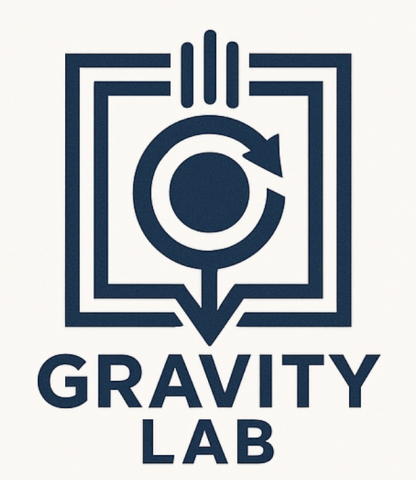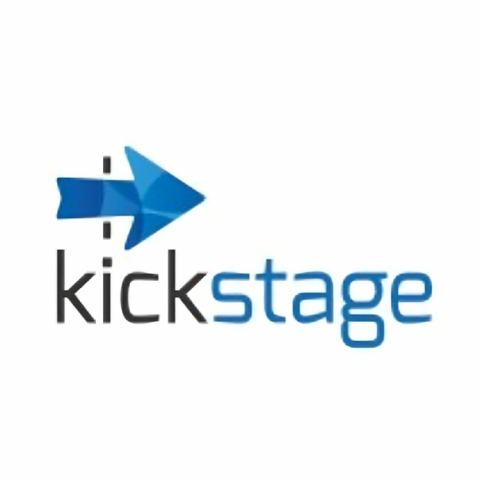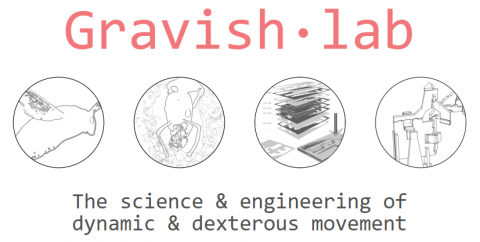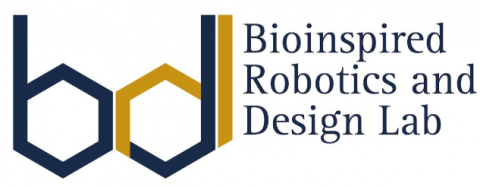Previous ASME Award Winner
Recent Departmental Runner Up Awards
Capstone Design Projects
Animal Care Processing Project (ACCP)
2024-2025 - Spring
Team: 42
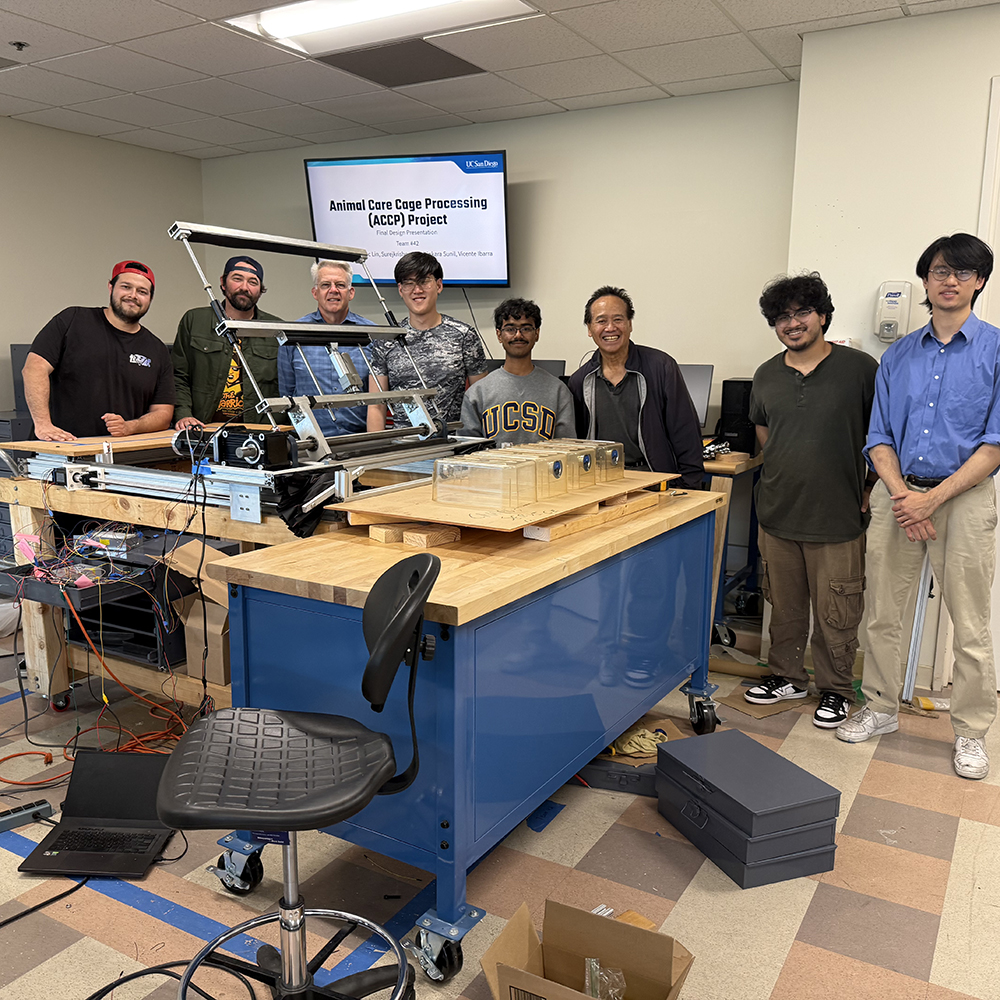
Flow Enabled Energy Generation Device
2024-2025 - Winter
Team: 4
Team Members
Ashley Campbell
Maime Grace Barnard
Gabrielle Scott
Markus Gokan
Justin Kwak
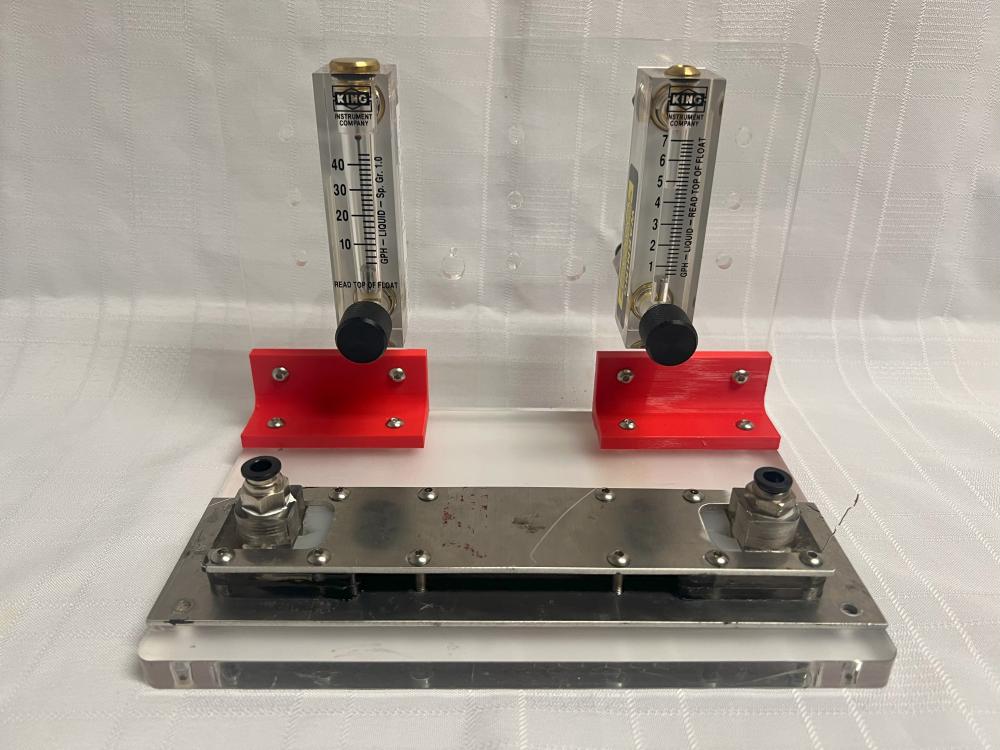
Random Positioning Machine 2.0
2024-2025 - Spring
Team: 31
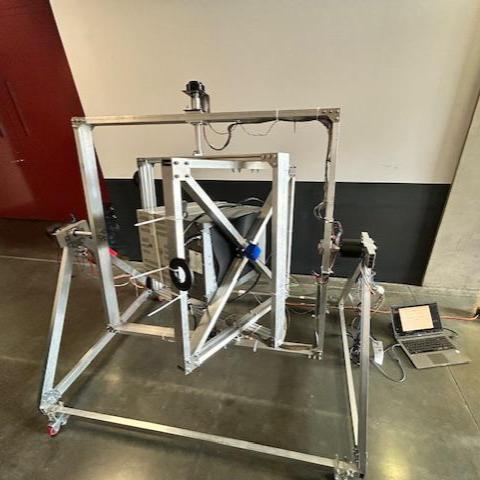
Cohu Temperature Gradient Tester
2024-2025 - Spring
Team: 36
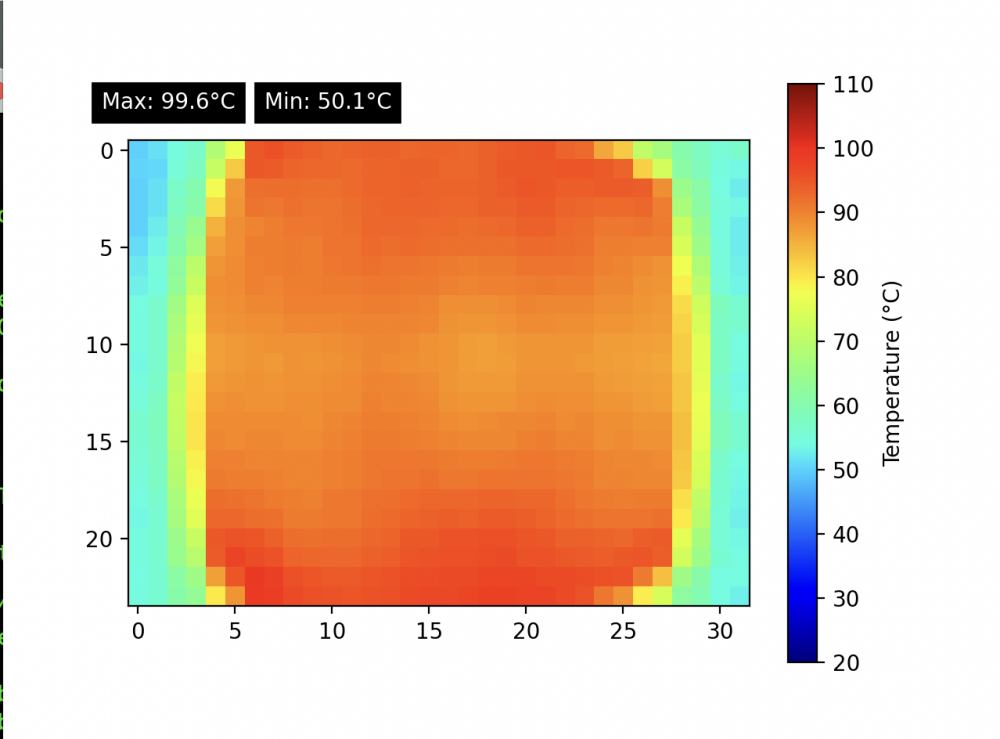
Automated Tracheal Cuff Pump
2024-2025 - Winter
Team: 6
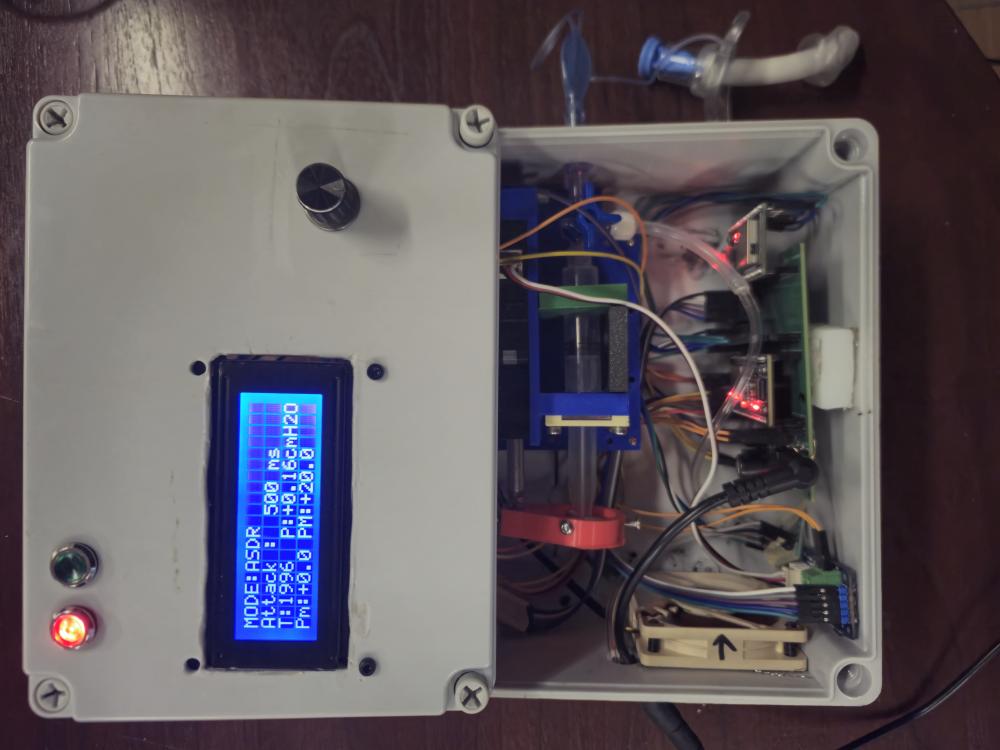
Jacobs Hall Clock Revival
2024-2025 - Spring
Team: 33
Team Members
Jonathan Dela Cruz
Irving Ding
Fatima Fazli
Fernando Gochicoa
Lacey Potter
Improved Punch Biopsy Tool
2024-2025 - Spring
Team: 35

KangaMove Parental Skin-to-skin Contact Support
2024-2025 - Winter
Team: 7
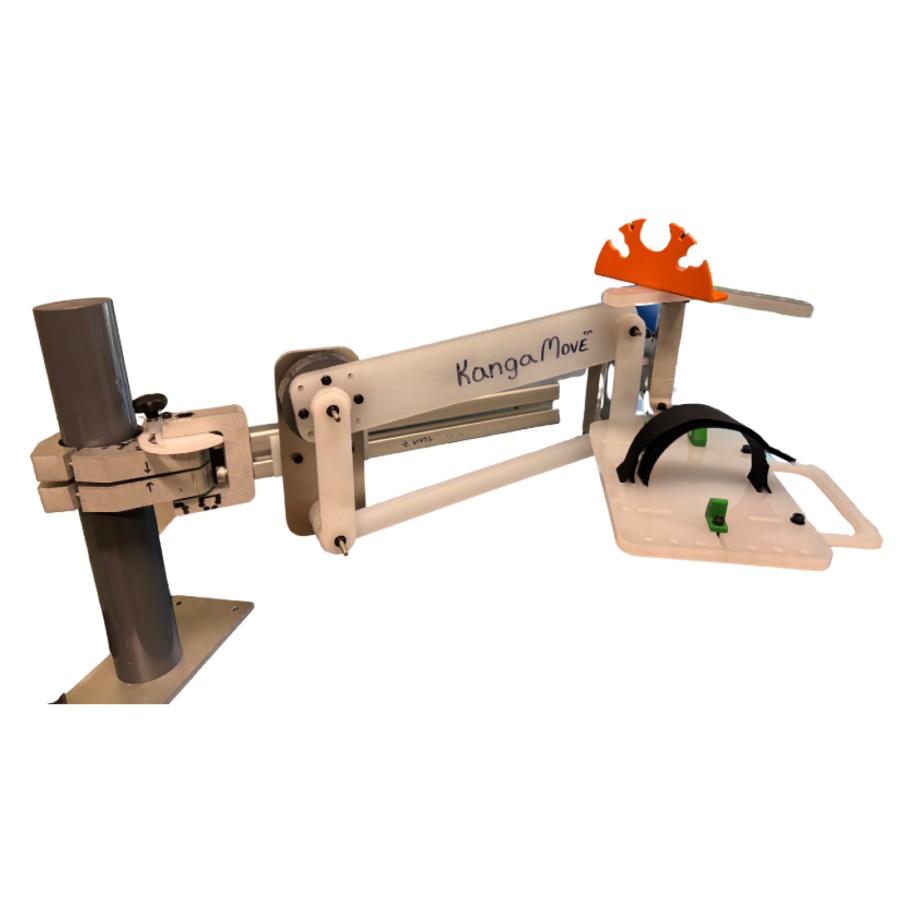
Autogyro UAV
2024-2025 - Spring
Team: 22
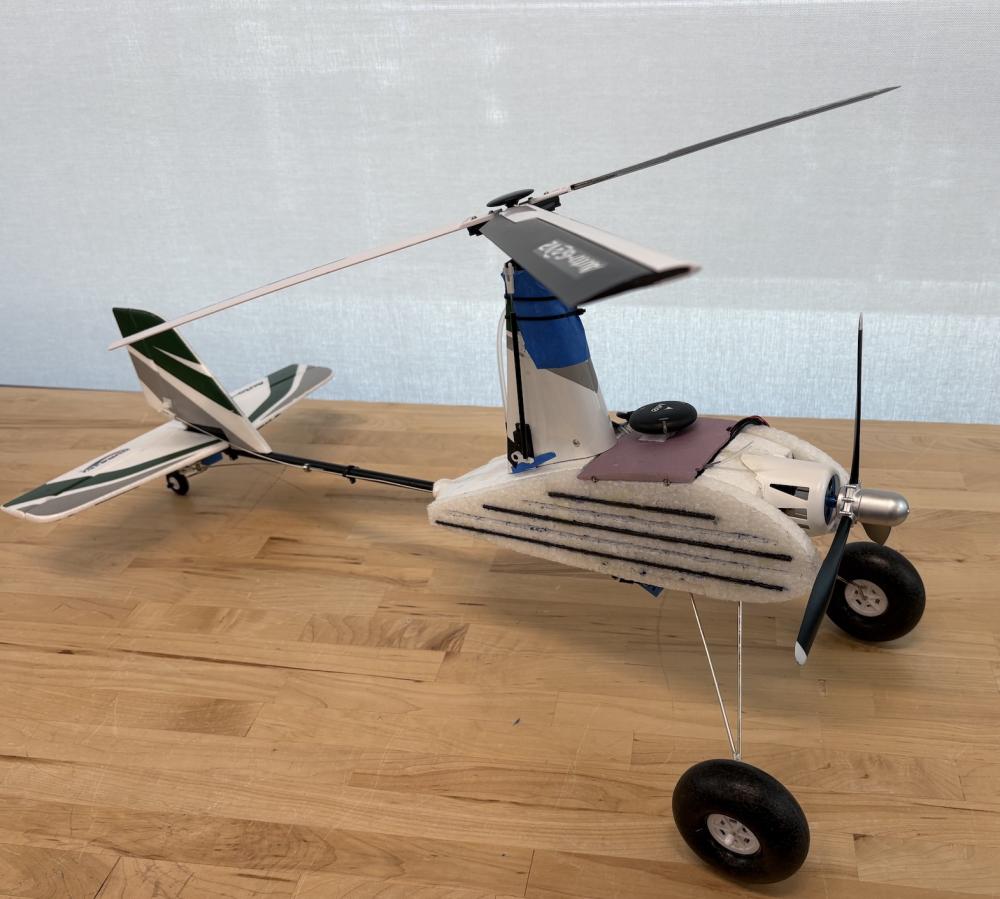
ATA Shock Test Table Firing Mechanism
2024-2025 - Spring
Team: 1
Team Members
Manu Mittal
Nina Abraham
Marco Rincon Villanueva
Anne Marlow
Reggie Estrella
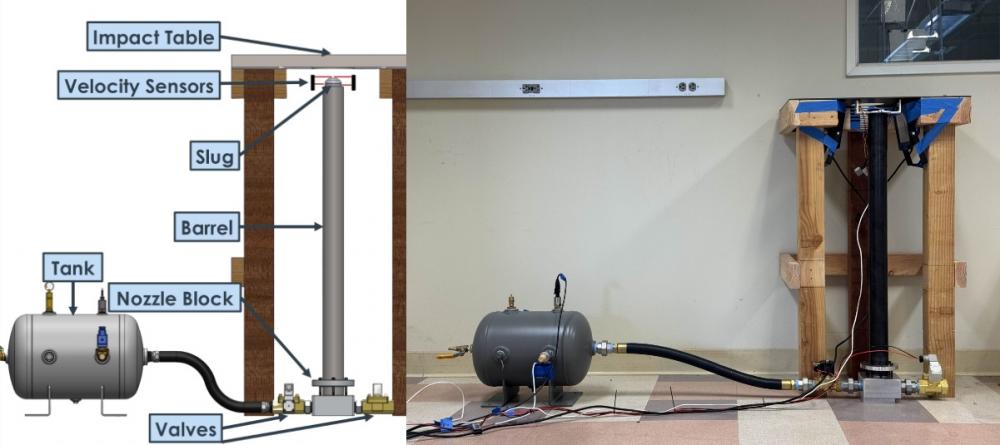
Unmanned Aerial Systems Hybrid Powertrain Testbed
2024-2025 - Winter
Team: 3
Team Members
Daniel Cruz-Espada
Jason Holtkamp
Joud Bukhari
Kenneth Su
Shivharsh Kand
Ziad Gari

Portable TEC-Based Liquid Cooling Garment
2024-2025 - Spring
Team: 30
Team Members
Aaron Lo
Morgan Laney
Fatima Rivera
Karla Ramirez
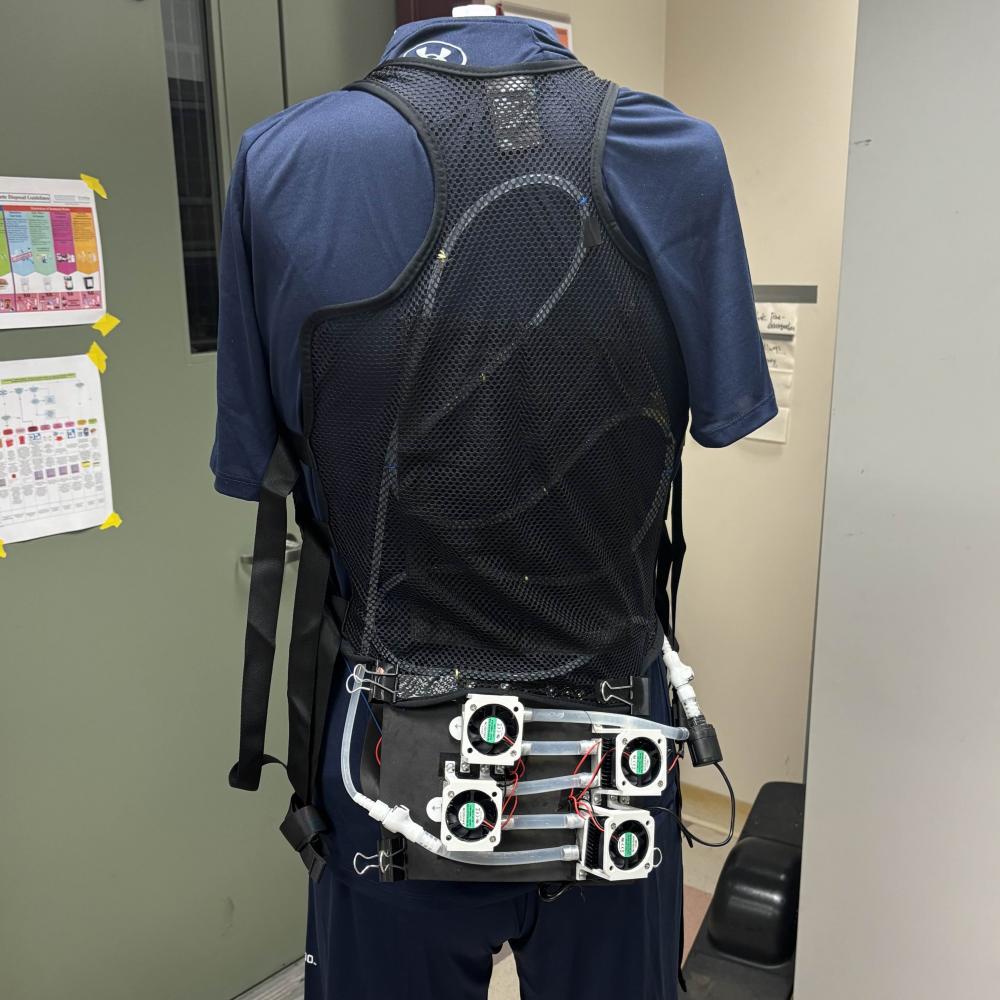
Lifesaver Project Rover Module
2024-2025 - Spring
Team: 39
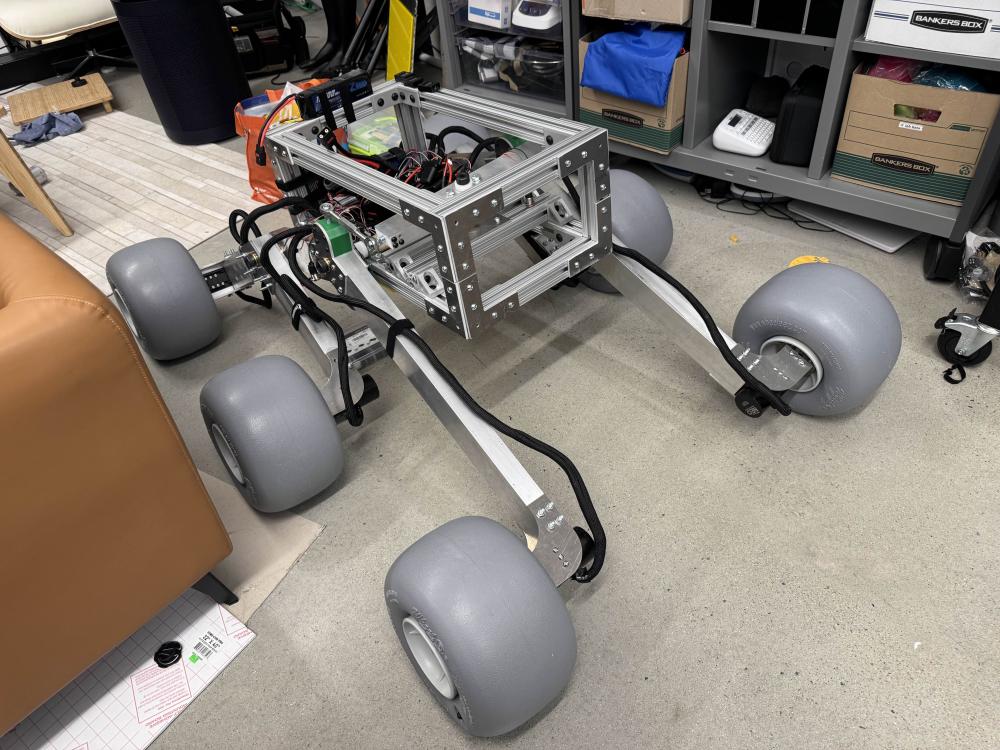
GA - Foam Shell Culling Station
2024-2025 - Winter
Team: 1
Team Members
Tobin Boshaw
Matthew Pope
Collin Huang
Samuel Hasegawa
Kenny Ochoa
Brandon Lopez
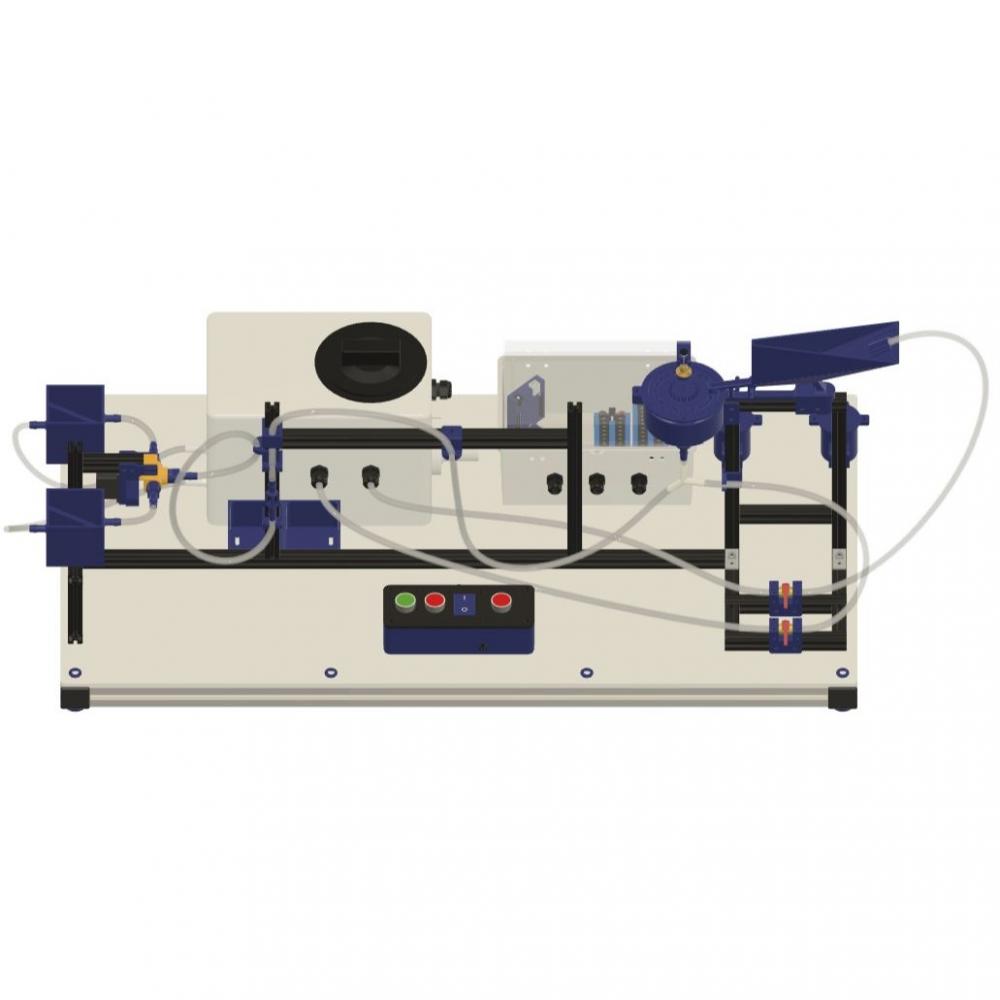
Bidirectional Guide for Treatment of Peripheral Artery Disease
2024-2025 - Spring
Team: 21

Kinetic Craft Center Sign
2024-2025 - Spring
Team: 6
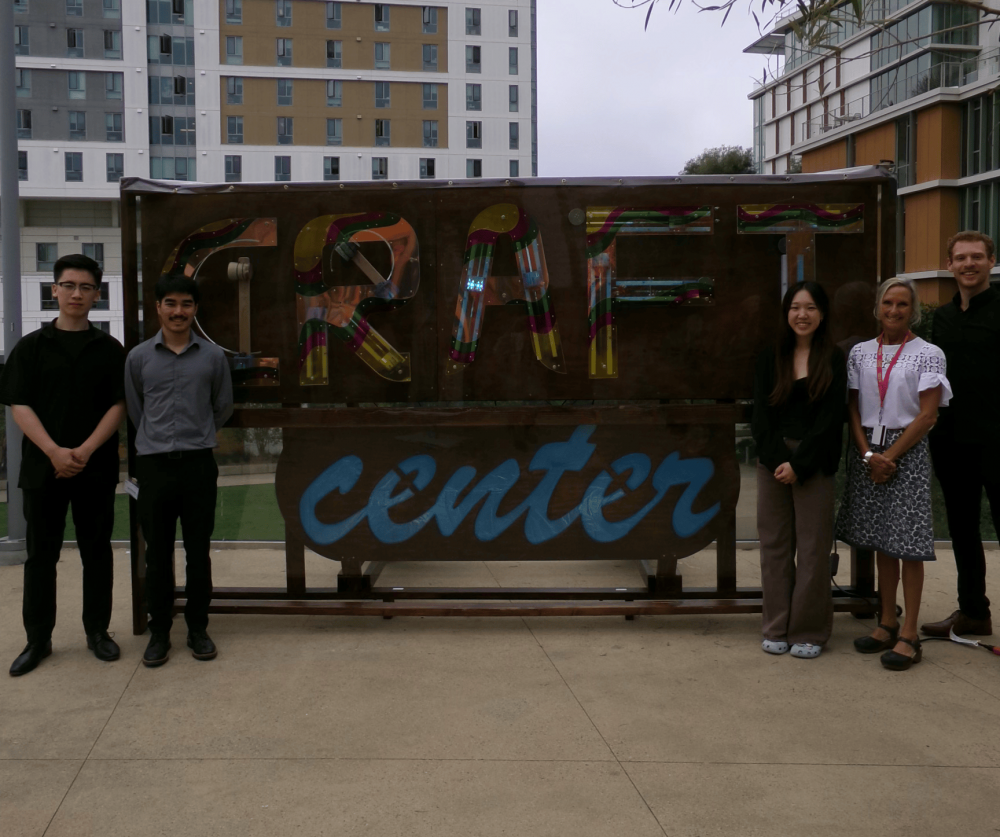
Automated Cognitive Touchscreen Training System for Mice
2024-2025 - Winter
Team: 8
Cell Stretcher 2.0
2024-2025 - Spring
Team: 29

Design and Analysis of a Mode-Transitioning Robotic Leg and Test Bed for a Hexapod Rescue Robot
2024-2025 - Spring
Team: 37
Team Members
William Harris
Lucas Yager
Giovanni Bernal Ramirez
Hwuiyun Park
Elias Smith
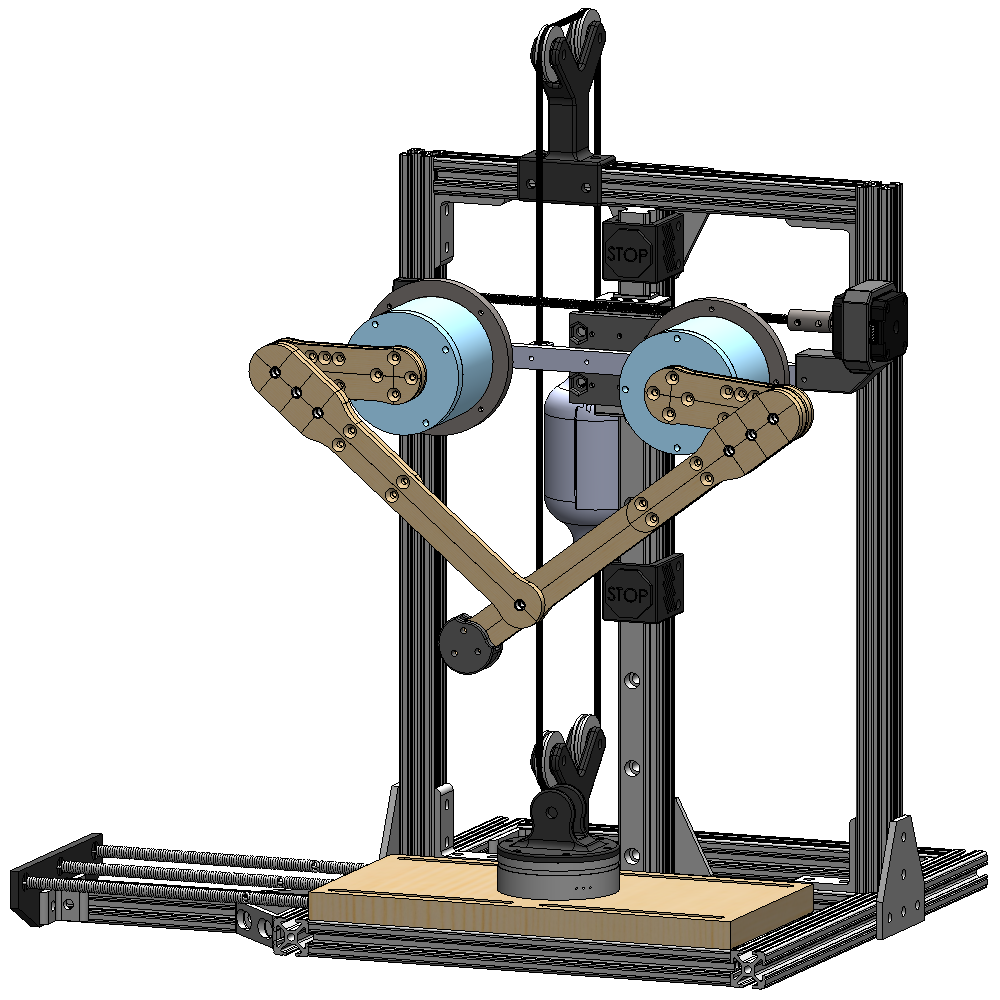
Endovascular Device for Rapid Blood Clot Removal
2024-2025 - Winter
Team: 12

Carbon Blade Carbon Capture
2024-2025 - Spring
Team: 15
Team Members
Ian Cosgrove
Charlie Frank
Juncheng Li
Alexandra Rodriguez
Konrad Stromayer

Materials Break Up
2024-2025 - Spring
Team: 16
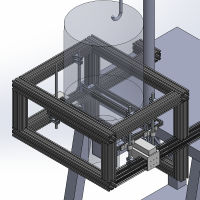
Cellxercise Machine
2024-2025 - Spring
Team: 2
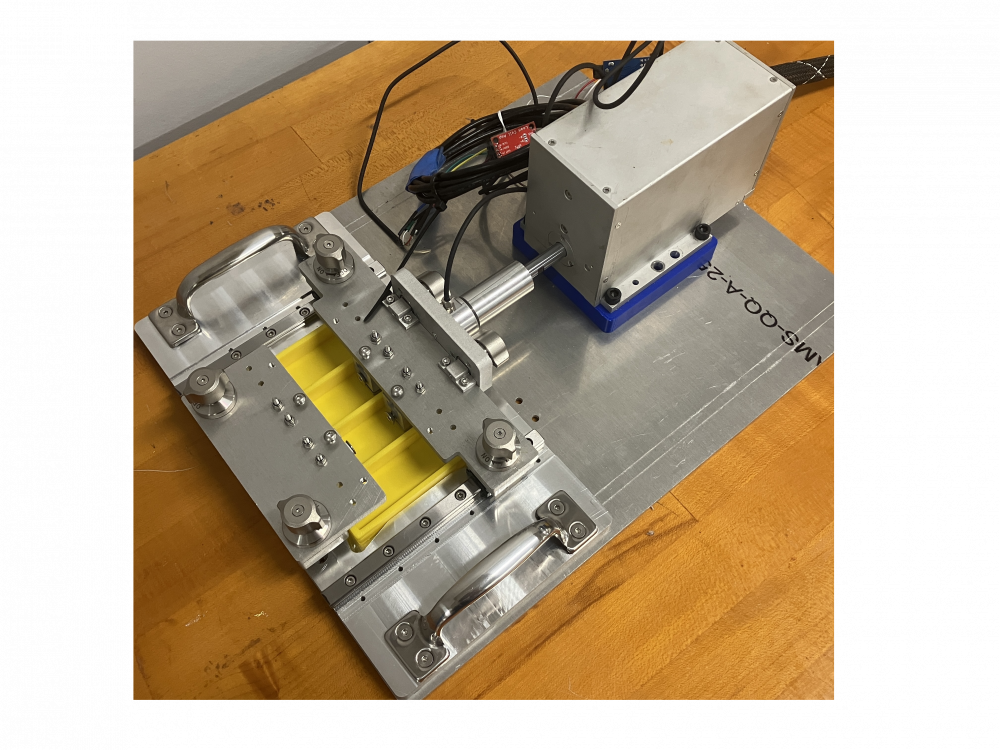
Sample Throughput Optimization for Thermal Desorption Spectroscopy
2024-2025 - Winter
Team: 15
Team Members
Ethan Greene
Jamie Lee
Saul Rios
Leo Serbinov
Vedanth Talla
Brayden Wong
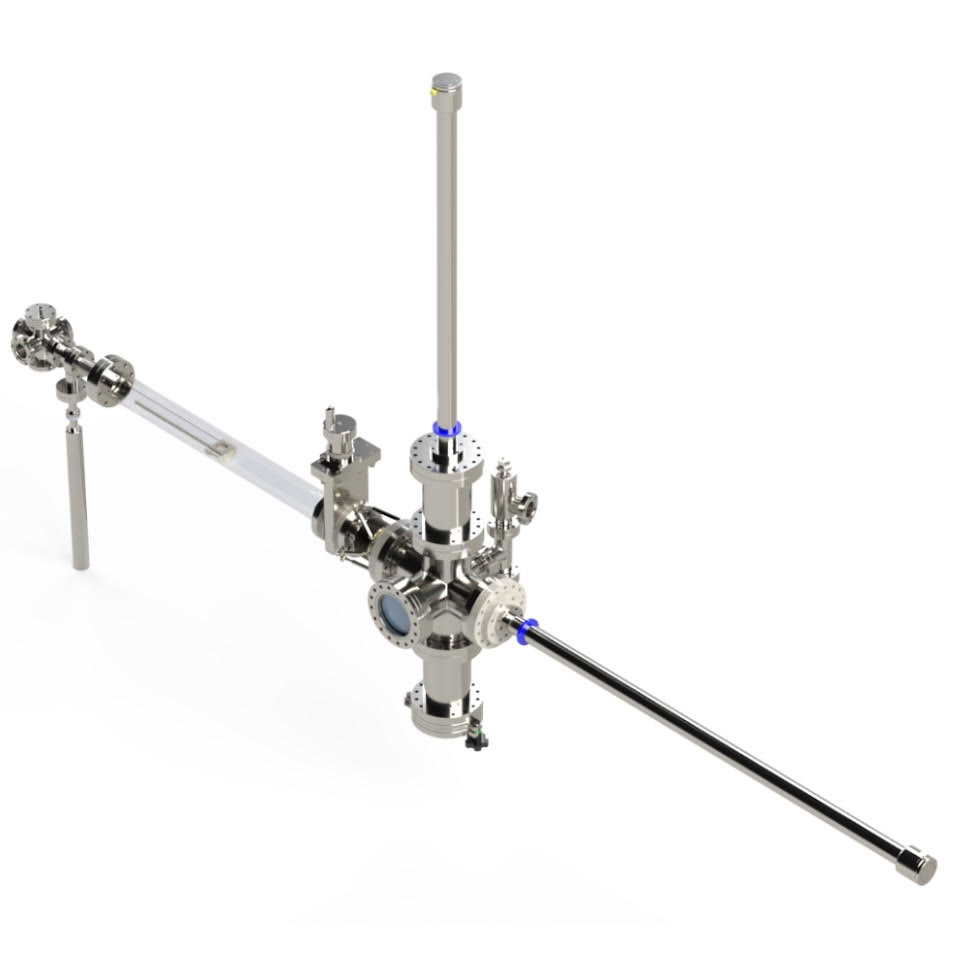
ShockE Frame Stiffness Test Fixture
2024-2025 - Spring
Team: 19
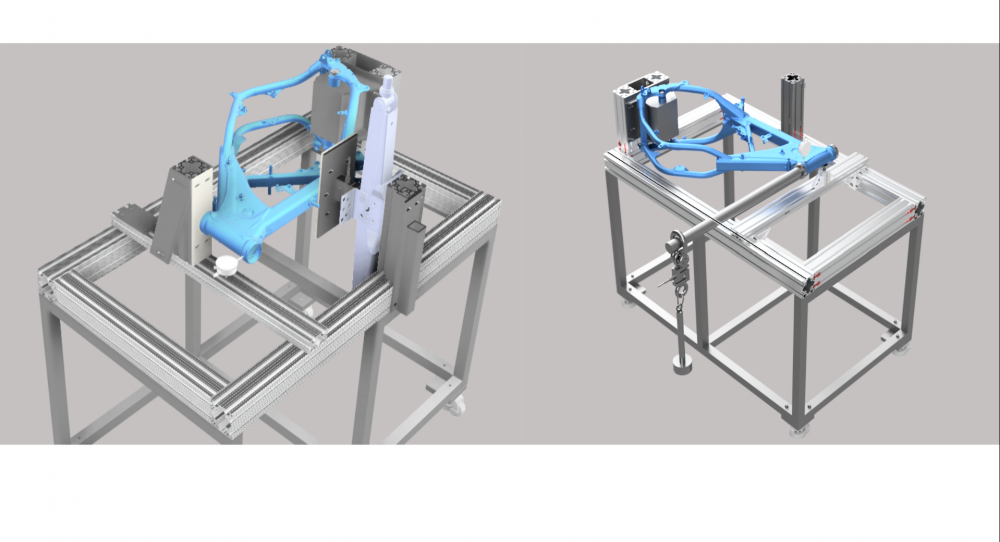
Resistive Torque Measurement Apparatus
2024-2025 - Spring
Team: 24

Automating the Cutting Process Hi-Tech Honeycomb
2024-2025 - Spring
Team: 38
Team Members
Rowan Barg
Micah Borg
Elijah Matthews
Daniel Sun
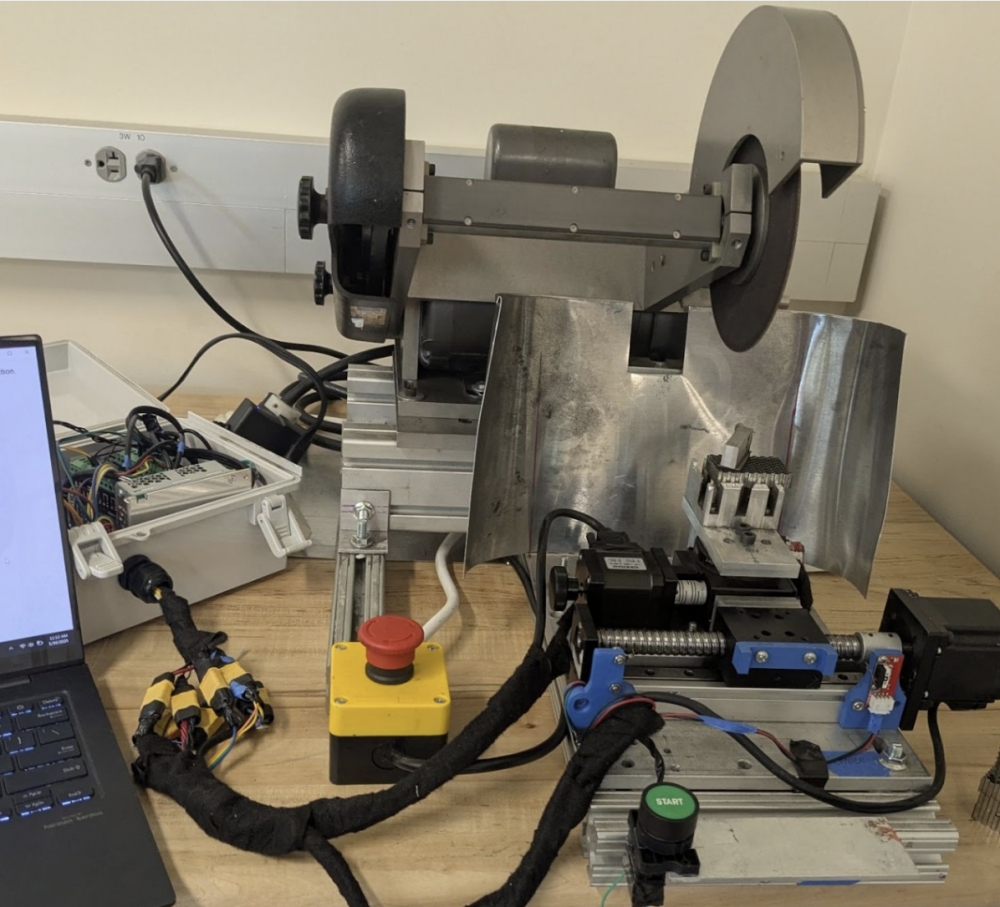
Acoustic Modem Integration onto Wave Glider USV
2024-2025 - Winter
Team: 16
SomnoStay - A Novel Oral Appliance for Obstructive Sleep Apnea
2024-2025 - Spring
Team: 7
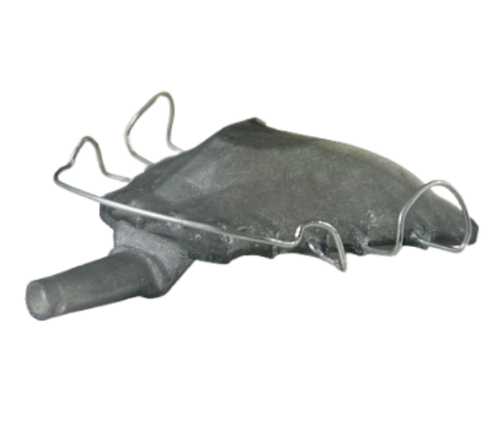
NIWC PAC UAS Launch and Recovery
2024-2025 - Spring
Team: 26
Team Members
Parker Amano
Gregory Garner
Gabriel Lepage
Bhodivista Yohn


